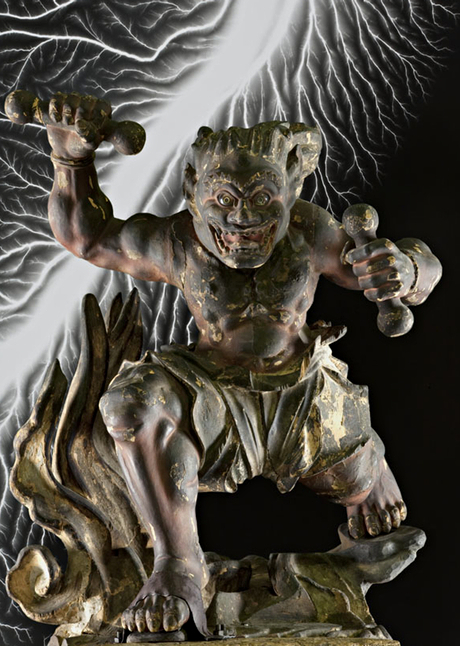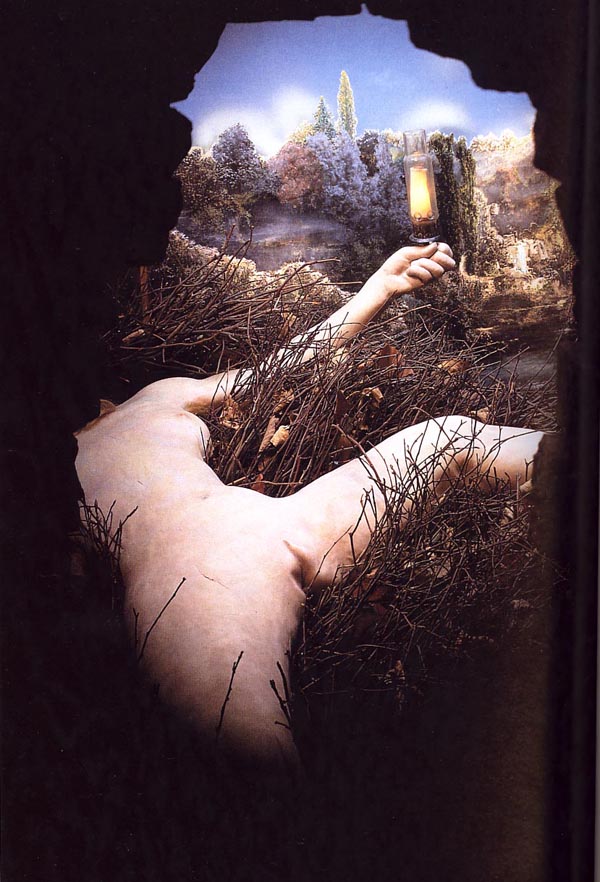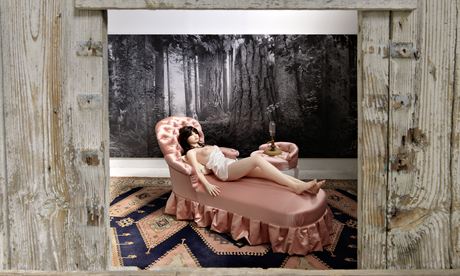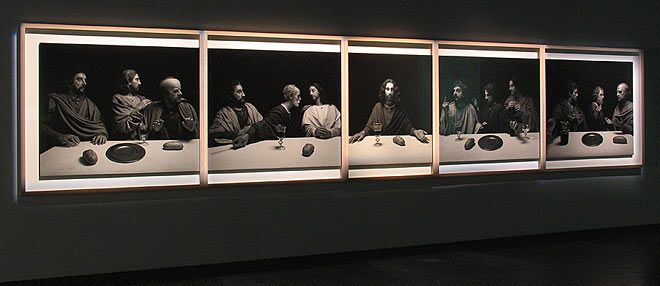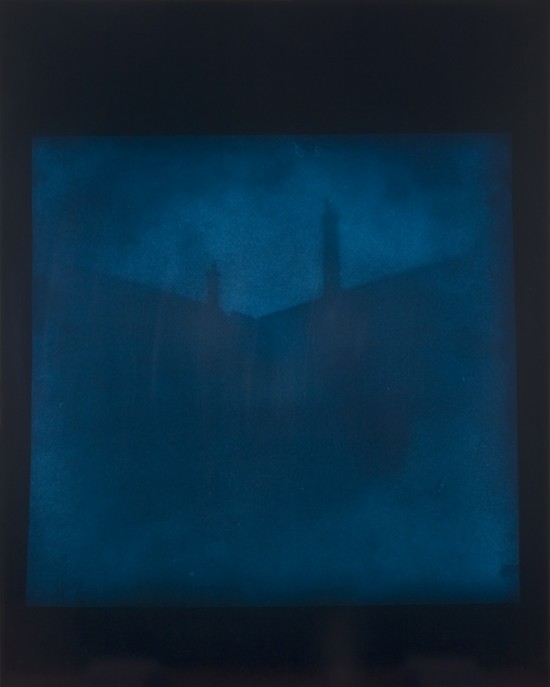With the period to construct this research project coming to a close I am posting an introduction to the research and a conclusion that will include some overall insight and whatnot gleaned from this project…
Introduction:
Born in Tokyo, Japan in 1948, Hiroshi Sugimoto is one of the most famous and influential contemporary photographers. Growing up in Tokyo Sugimoto had an interest in documenting and photographing the world around him. His earliest known photographs were taken in high school. Supposedly these photographs were of film footage of Audrey Hepburn and were taken as the footage played in a movie theater. After high school Sugimoto attended Rikkyo University in Tokyo where he received a BA in 1970. After receiving that degree he traveled west eventually visiting Los Angeles in 1971 and deciding to stay. While in Los Angeles he received his BFA from the Art Center College of Design in Los Angeles in 1972.
By 1974 Sugimoto was working in New York City. While visiting the city’s American Museum of Natural History for the first time and conceived the idea of what would become his Diorama series. This idea blossomed from the intrigue sparked by the lifelike qualities of the dioramas of animals and people. Around the same time Sugimoto started his Seascapes and Theaters series, which he continues to add work to today.
Since developing his name in the art world with those original three series Sugimoto has gone on to produce other series including photographs of waxwork-museum figures, drive-in theaters, and Buddhist sculptures, all of which similarly blur distinctions between the real and the fictive.
As far as solo exhibitions are concerned Sugimoto has been quite successful, with exhibitions at the National Museum of Contemporary Art in Osaka (1989), Museum of Contemporary Art in Los Angeles (1994), Centre International d’Art Contemporain in Montreal (1995), Contemporary Arts Museum in Houston (1996), San Francisco Museum of Modern Art (2000), Deutsche Guggenheim Berlin and Guggenheim Museum Bilbao (2000), Museum of Contemporary Art in Chicago (2003), Hirshhorn Museum and Sculpture Garden in Washington, D.C. (2006), and Neue Nationalgalerie in Berlin (2008), to name some of the larger ones.
Sugimoto has also participated in a number of international group exhibitions, including The Art of Memory/The Loss of History at the New Museum of Contemporary Art in New York (1985), Carnegie International (1991), Japanese Art After 1945: Scream Against the Sky at the Yokohama Museum of Art and Guggenheim Museum SoHo (1994), Prospect 96 at the Schirn Kunsthalle Frankfurt (1996), Johannesburg Biennale (1997), International Triennale of Contemporary Art in Yokohama (2001), Moving Pictures (2002) and Singular Forms (2004) at the Solomon R. Guggenheim Museum, and Reality Check at the Metropolitan Museum of Art in New York (2008).
Overall, Sugimoto has lead a undeniably successful career and continues to add to his vast collection of series, both in new series and in numbers to the old series he started ages ago. This continuation of his series results in an interesting phenomenon unlike any other artist were while there is evolution of ideas there is still a return to the past. After reading so much about Sugimoto’s work this is especially interesting because it directly reflects the philosophy and ideas he explores in his work.
Conclusion:
I have been instructed to reflect on this research project. As that is a vague request, which I love because it is extremely open-ended, this conclusion will lack in structure and will primarily be a off-the-cuff reflection on what I have found in the last months and some comments on further directions.
In researching Sugimoto’s work I have spent a lot of time watching videos of him discussing his work and reading what others have to say on the subject of his work and have concluded in many different ideas and conclusions. Key among these, and the one that i find by far the most interesting, is Sugimoto’s perception of time. In a lot of the reading and watching that I did there was discussion of Sugimoto’s use of light or the symbolism and philosophy behind the photographs but I continue to find his perception of time to be fascinating.
Rarely did I find any cases where Sugimoto discussed his ideas of time but they are rampant in his work. By looking at such works as his Dioramas, Portraits, Architectural Forms, Conceptual Forms, Seascapes, and really any of his series, except maybe his beautiful Fashion series. When looking at any of his work it is easy to see that his is photographing objects that have been around for some time or are illustrating something that happened a long time ago. If we are to look at his Photogenic Drawings series, the images of William Henry Fox Talbot’s experimental negatives, we quickly see this habit of documenting things that are from a time long past and subsequently breathing new life into the pieces.
Additionally we see Sugimoto play with the idea of the past and relate to time in his Portraits and Seascapes. In his portraits of wax figures he plays with time by taking what look like highly profession photographs of historical figures, thus placing them in the present context. With Seascapes he accomplishes something completely different. By documenting these meeting of air and water Sugimoto gives us a glimpse at a prehistoric world devoid of anything but the two elements. These glimpses back in time renews or interest and more importantly our awareness in the past.
While Sugimoto’s series reflect elements of this interest in time the most interesting element of Sugimoto’s work to me is his actual method. I know I mentioned this in the introduction but his continued evolution from series to series yet continued production of work for each of those series is fascinating. Rarely do you find an artist that continues to go back and reflect on their own career by doing the exact same thing that they used to do. We see artist refer to their previous work all the time, but usually through the production of something completely new. The fact that Sugimoto’s work from the 1970’s and 200’s looks the same is fascinating.
In the last post I made we see Sugimoto return to the Natural History Museum in New York City to photograph their dioramas again. The fact that he returns to this place where ha conceptualized and photographed his first dioramas is intriguing. This continued returning to the past is what makes Sugimoto’s work so interesting to me.
One last take-away before I finish. As someone who studies and produces art the reflection of your personal past, as seen in Sugimoto’s life and work, is something that is becoming integral to the way I think about my art and life. Only through reflection and repetition (frequently of error for me) can we progress and learn.
All in all, this was a fun project. Rarely do I get to use these research skills that I have acquired to research something so interesting as Hiroshi Sugimoto and his work. I learnt a lot about the artist and was able to gain some ideas of how an artist functions that are applicable to the rest of my life and I cannot wait to apply them.



